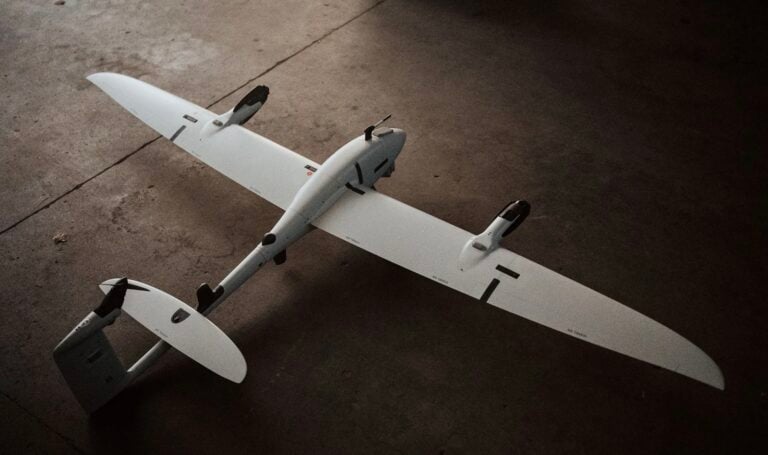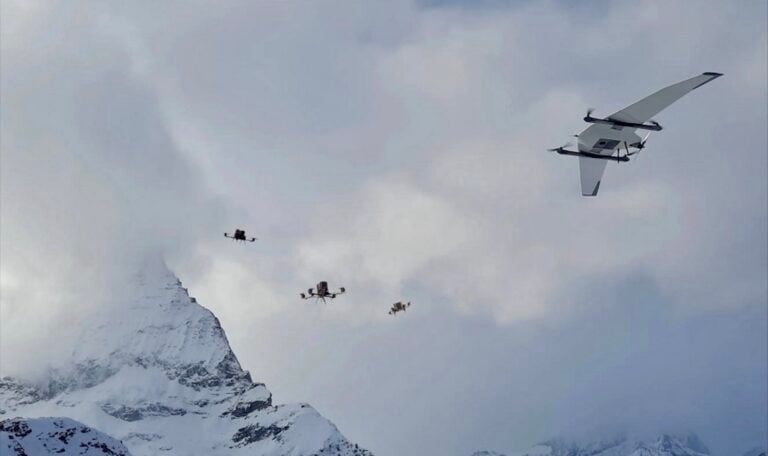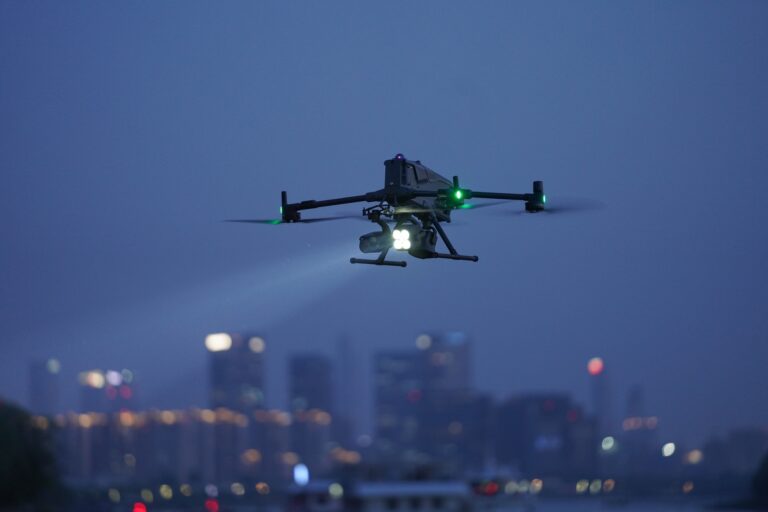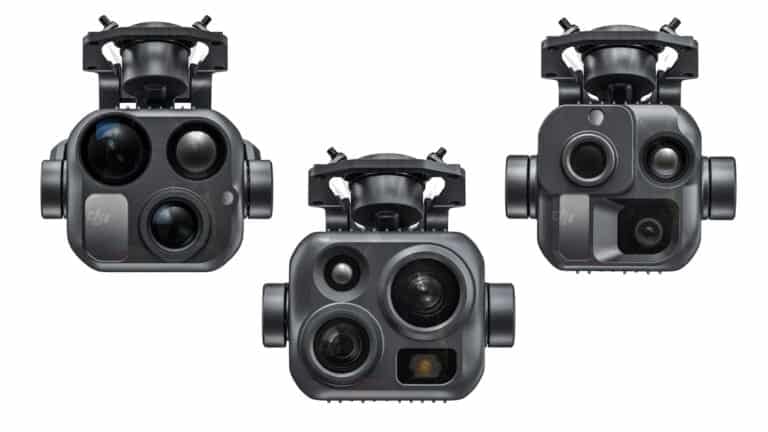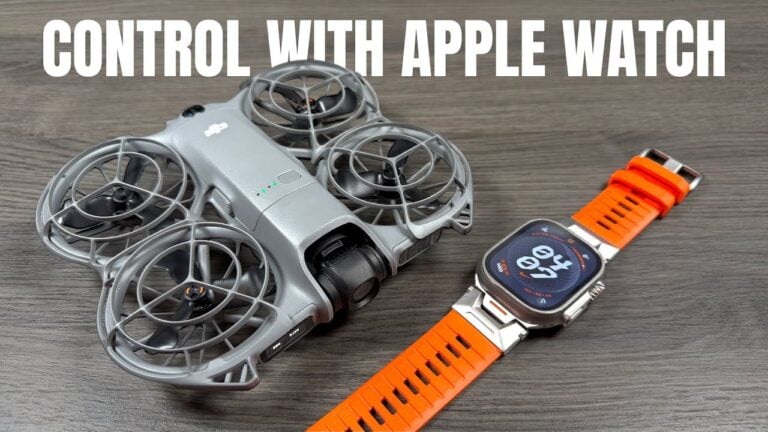U.S. Navy’s Drone Boat Program Faces Crashes, Software Failures, and Leadership Shakeups

Amazon Drone Deals: DJI Mini 5 Pro Fly More Combo with DJI RC2 now for $1,099!
The U.S. Navy’s ambitious effort to build a fleet of autonomous drone boats capable of countering China in the Pacific is struggling with technical failures and internal turmoil, according to a detailed Reuters report. Recent tests have resulted in collisions, software malfunctions, and operational accidents, while the Navy’s acquisition program has been rocked by leadership dismissals and Pentagon scrutiny.
Software Glitches Cause Costly Test Failures
Last month, during a Navy test off the California coast, one drone vessel suddenly stalled from a software glitch, only to be struck moments later by another autonomous craft. The second vessel, built by BlackSea Technologies, smashed into its competitor’s boat before flipping back into the water. The incident, involving both BlackSea and rival manufacturer Saronic, was captured on verified video footage and confirmed by Reuters sources.
In a separate test weeks earlier, a BlackSea autonomous craft being towed for evaluation unexpectedly accelerated, capsizing its support boat and throwing the captain into the water. The individual was safely rescued and declined medical treatment.
People familiar with the accidents told Reuters the failures resulted from a combination of software errors and communication breakdowns between onboard control systems and external autonomy software.
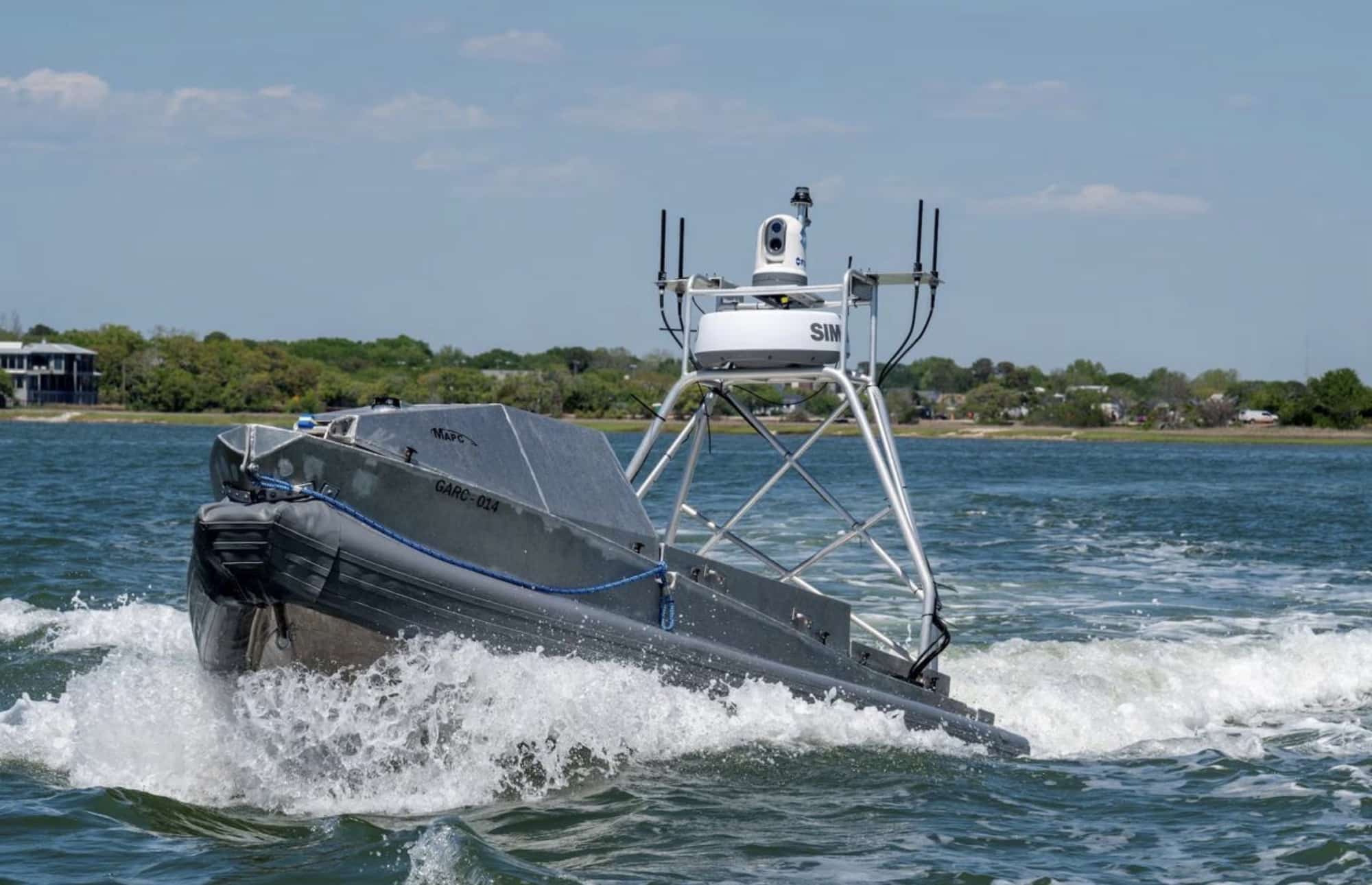
Pentagon Contract with L3Harris Paused
The mishaps have already triggered fallout. The Pentagon’s Defense Innovation Unit (DIU) has indefinitely paused a nearly $20 million contract with L3Harris, one of the defense contractors supplying autonomy software for the Navy’s vessels.
L3Harris declined to answer questions about the contract but stated that it “stands behind the safety, integrity, and capability” of its software products.
The mounting setbacks highlight the risks of the Navy’s plan to field swarms of drone boats capable of operating autonomously—a far more ambitious goal than Ukraine’s remote-controlled sea drones, which have proven effective against Russia’s Black Sea Fleet at just $250,000 apiece. U.S. models, by contrast, cost several million dollars each.
Political Pressure and Leadership Turmoil
The Navy’s drone acquisition unit, known as Program Executive Office Unmanned and Small Combatants (PEO USC), has come under increasing pressure. In June, its leader, Rear Admiral Kevin Smith, was fired after an Inspector General investigation substantiated a complaint against him.
Concerns extend beyond individual mishaps. Pentagon officials have questioned whether the Navy’s drone boat program duplicates other military efforts and whether the current acquisitions are cost-effective. The PEO USC is now under review and faces potential restructuring or even closure, sources told Reuters.
Meanwhile, the political stakes are rising. President Donald Trump’s “Big Beautiful Bill,” passed last month, allocated nearly $5 billion for maritime autonomy, further pushing the Navy to adapt. But as one expert noted, the service is “in uncharted waters,” facing a culture shift from decades of slow shipbuilding cycles to rapid, high-stakes innovation.
DroneXL’s Take
The Navy’s push into maritime autonomy represents one of the boldest U.S. military technology bets in decades. But the recent crashes, software stalls, and rising costs reveal the gaps between ambition and reality. The contrast with Ukraine’s proven—if lower-tech—maritime drones raises an urgent question: Should the U.S. prioritize speed and affordability over sophistication when countering China’s naval expansion?
With billions already committed, ongoing mishaps could delay fielding an operational drone fleet just as Taiwan tensions grow sharper. Whether the Navy can overcome its software issues and cultural resistance to autonomy may determine not only the success of this program but the future of naval warfare itself.
What do you think—should the Navy pursue fully autonomous swarms, or focus on more practical human-operated systems in the near term? Share your perspective in the comments below.
Photos courtesy of Nexta / X.
Discover more from DroneXL.co
Subscribe to get the latest posts sent to your email.
Check out our Classic Line of T-Shirts, Polos, Hoodies and more in our new store today!

MAKE YOUR VOICE HEARD
Proposed legislation threatens your ability to use drones for fun, work, and safety. The Drone Advocacy Alliance is fighting to ensure your voice is heard in these critical policy discussions.Join us and tell your elected officials to protect your right to fly.
Get your Part 107 Certificate
Pass the Part 107 test and take to the skies with the Pilot Institute. We have helped thousands of people become airplane and commercial drone pilots. Our courses are designed by industry experts to help you pass FAA tests and achieve your dreams.

Copyright © DroneXL.co 2025. All rights reserved. The content, images, and intellectual property on this website are protected by copyright law. Reproduction or distribution of any material without prior written permission from DroneXL.co is strictly prohibited. For permissions and inquiries, please contact us first. DroneXL.co is a proud partner of the Drone Advocacy Alliance. Be sure to check out DroneXL's sister site, EVXL.co, for all the latest news on electric vehicles.
FTC: DroneXL.co is an Amazon Associate and uses affiliate links that can generate income from qualifying purchases. We do not sell, share, rent out, or spam your email.






